A Must-Read Guide for New Pet Owners: Tips on Pet Care
keepingcat
Oct 1511 min read
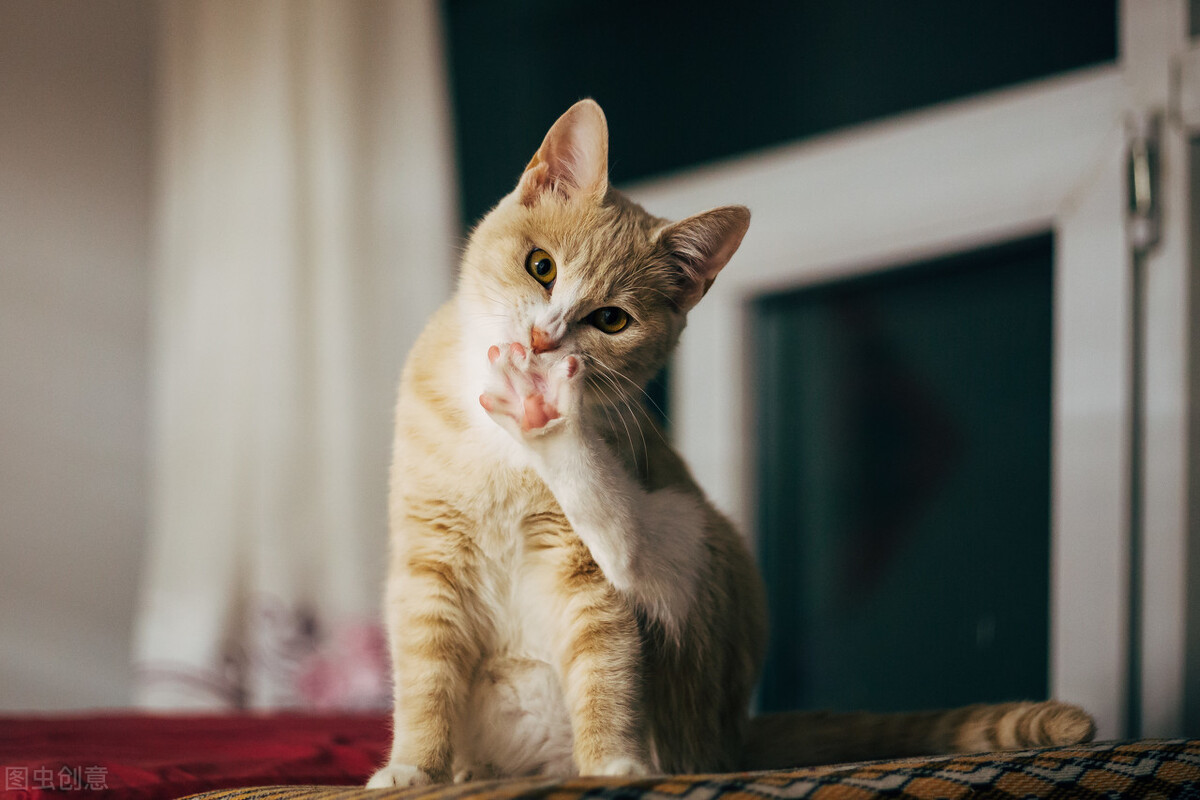
Introduces cat-raising strategies, including diet, care, medical care, oral care and cat food selection.
Captivating Introduction
I still remember the first time I brought my little kitten home. It was such a tiny ball of fur, looking around the new environment with its big, curious eyes. As soon as I put it down, it cautiously explored every corner of the room. One day, after a long and tiring workday, I sat on the couch feeling exhausted. My kitten seemed to sense my mood. It jumped onto my lap, gently rubbed its head against my hand, and started purring softly. At that moment, all my fatigue disappeared. This is the magic of having a pet. However, taking good care of them requires knowledge and effort. Now, let's get into the details of pet care.
Diet Section
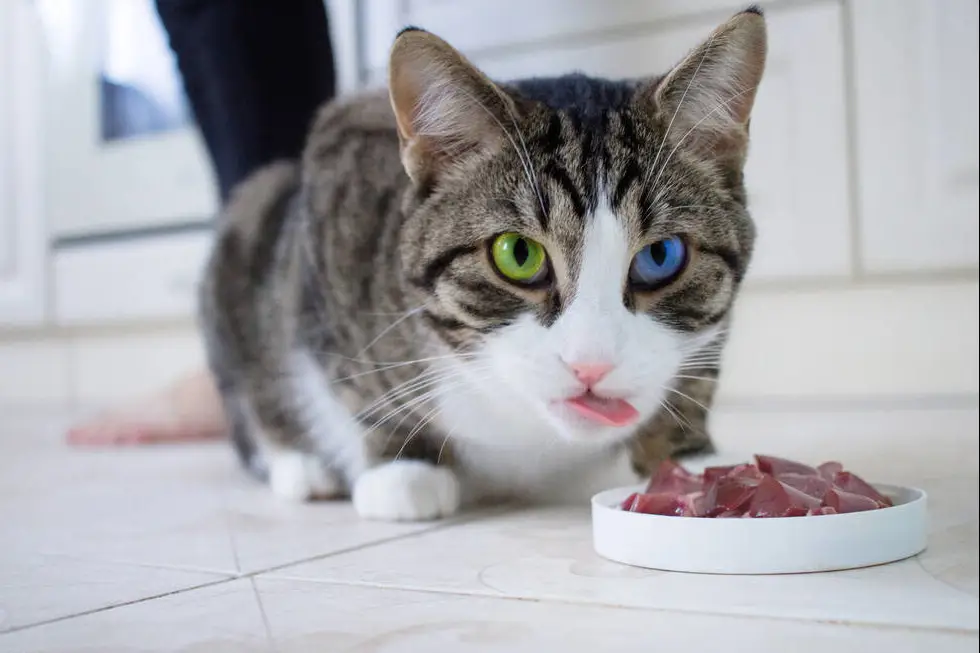
Dietary Preferences of Pets
Cats are natural carnivores. They absolutely adore meat like beef, chicken, and fish. When it comes to staple food, high-quality cat food is the top choice. Brands like Royal Canin and Hill's Science Diet offer a variety of formulas that are rich in protein and essential nutrients to meet the daily needs of cats. For treats, freeze-dried snacks are highly recommended. For example, the chicken freeze-dried treats from Stella & Chewy's are made from high-quality chicken and can enhance the cat's immunity. They are also great for promoting a healthy coat.
Dogs, on the other hand, love meat as well but can also consume some fruits and vegetables in moderation. Chicken breast and beef are excellent sources of protein for them. When choosing dog food, look for brands that provide a balanced nutrition profile. Brands like Blue Buffalo and Purina Pro Plan have good reputations. For treats, jerky treats such as chicken jerky and beef jerky are popular. They not only satisfy the dog's chewing instinct but also provide additional nutrition. Dog biscuits are also a good option, which are crispy and delicious.
A Comprehensive List of Dietary Taboos
Chocolate is extremely dangerous for both cats and dogs. It contains substances like theobromine and caffeine that can severely damage their hearts and nervous systems, leading to symptoms such as vomiting, diarrhea, seizures, and even death.
Grapes and raisins can cause acute kidney failure in dogs and also pose a health risk to cats. Onions, whether raw or cooked, contain disulfides that can oxidize the red blood cells of pets, resulting in hemolytic anemia. Avocado contains toxins that can cause gastrointestinal discomfort in pets. Raw meat may carry parasites and bacteria, easily infecting pets with diseases, so it must be cooked thoroughly before feeding.
Additionally, foods high in salt and sugar are not suitable for pets as they can put a heavy burden on their kidneys and cause problems like excessive shedding and obesity. Pet owners must firmly remember these dietary taboos to avoid turning "love" into "harm"
Care Section
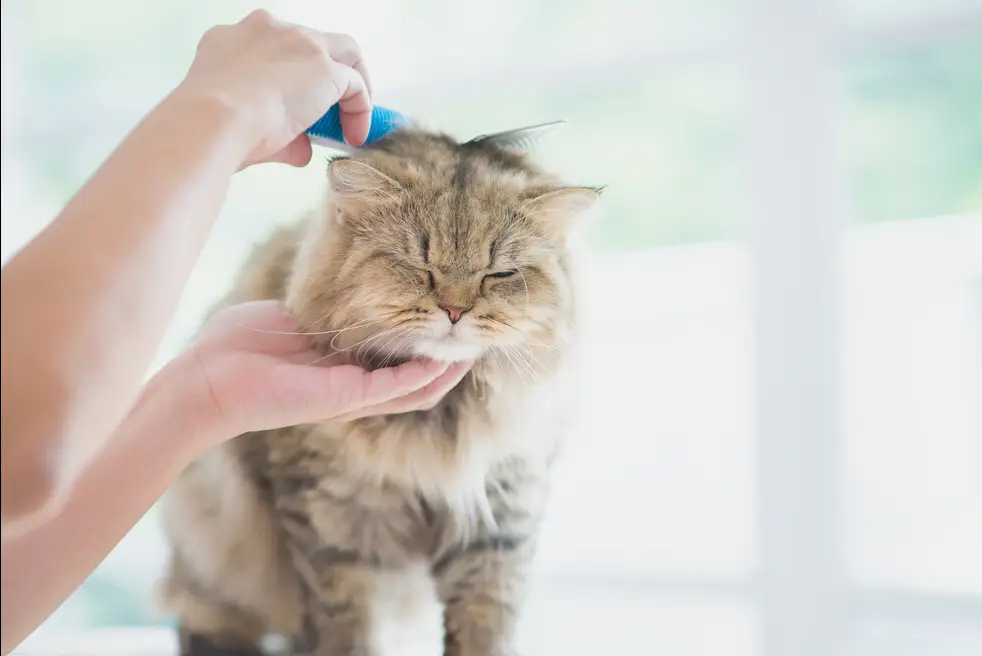
Key Points of Hygiene and Cleaning
Cats are known for their cleanliness. The litter box should be cleaned frequently, at least once a day. The litter should be completely replaced and the box washed every 1 - 2 weeks to prevent the growth of bacteria. The cat's food and water bowls also need to be washed daily to maintain hygiene and prevent food residue from spoiling. The cat's bed can be cleaned regularly by changing the mat and washing the bed to provide a comfortable resting environment. Bathing should not be too frequent, once every 2 - 3 months is sufficient. Over-bathing can damage the cat's skin and fur.
For dogs, their living environment also needs to be kept clean. The dog's bed should be cleaned often, and the mat and toys should be washed regularly. After going out for a walk, wipe the dog's paws in time to prevent it from bringing dirt into the house. The bathing frequency depends on the dog's fur type and skin condition. Generally, it is once every 1 - 2 weeks. In summer, the frequency can be increased appropriately, but not too often to avoid disrupting the oil balance of the dog's skin.
Secrets of Fur Care
Cats with short fur can be groomed every 2 - 3 days, while long-haired cats need to be groomed daily. Use a suitable comb such as a slicker brush or a comb with wide teeth. Groom in the direction of the fur growth to effectively reduce tangles and shedding. When I groom my cat, it always closes its eyes comfortably and purrs.
For dogs, different fur types require different care methods. Short-haired dogs like Chihuahuas and French Bulldogs have short and easy-to-care-for fur. Use a rubber comb or a short-haired dog comb and groom them 2 - 3 times a week to remove dust and loose hair and keep the fur smooth. Long-haired dogs such as Samoyeds and Alaskan Malamutes have long and thick fur and need to be groomed daily. First, use a slicker brush to groom the undercoat and then a comb with wide teeth to groom the outer coat to prevent tangles. Curly-haired dogs like Poodles and Bichon Frises are prone to tangles and need to be groomed daily with a fine-toothed comb and have their hair trimmed regularly to maintain their appearance.
Health Care Section
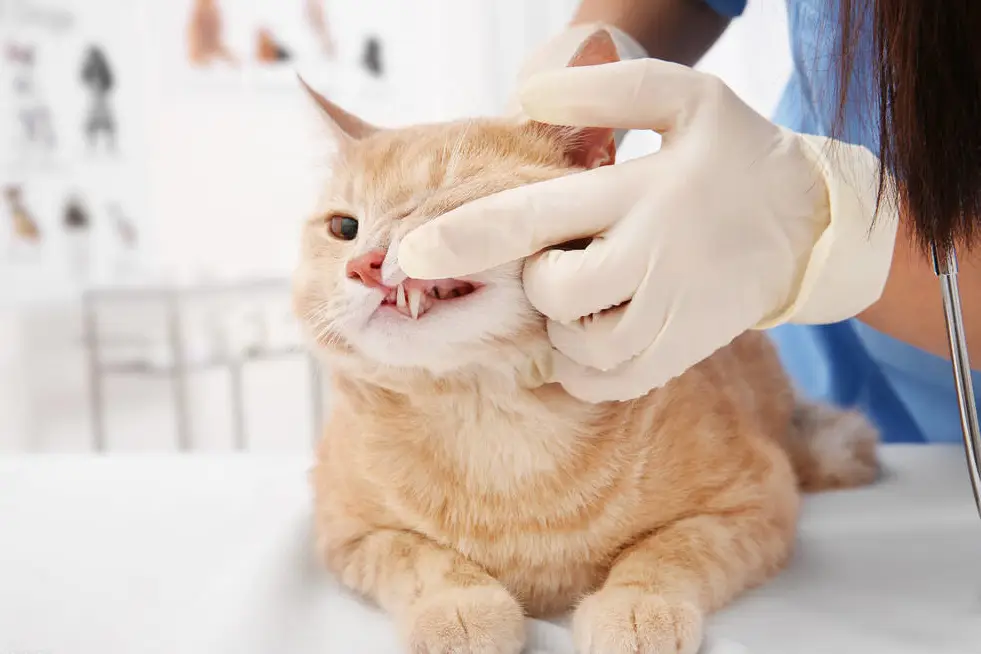
All You Need to Know About Vaccination
Vaccination is of crucial importance for pet health and is an effective way to prevent infectious diseases.
Cats usually start receiving their first dose of the feline triple vaccine at 8 - 12 weeks of age. This vaccine can prevent feline panleukopenia, feline rhinotracheitis, and feline calicivirus. Subsequent doses are given every 3 - 4 weeks, with a total of 3 doses. After the cat reaches 3 months of age, it needs to be vaccinated against rabies. And every year, booster shots of the feline triple vaccine and rabies vaccine are required to maintain the cat's immunity.
Dogs can receive their first dose of a multivalent vaccine such as Nobivac DHPPi or Nobivac DHPPi + L at around 45 days of age. This can prevent diseases like canine distemper, canine parvovirus, and canine infectious hepatitis. Usually, 3 doses are required, with an interval of 21 - 28 days between each dose. After the dog reaches 3 months of age, it also needs to be vaccinated against rabies. And every year, booster shots of the multivalent vaccine and rabies vaccine are needed.
Prevention of Common Diseases
Pets, like humans, can get sick. Understanding the symptoms and preventive measures of common diseases can help us detect problems in time and ensure their health.
Cats commonly suffer from diseases such as ringworm, feline rhinotracheitis, and feline panleukopenia. Ringworm is a fungal skin infection. The symptoms include circular or oval hairless patches on the skin with dandruff, and the cat may feel itchy. To prevent ringworm, keep the cat's living environment dry and clean and regularly supplement the cat's nutrition to enhance its immunity. Feline rhinotracheitis is caused by infection with feline herpesvirus type I. Sick cats may experience symptoms such as sneezing, runny nose, watery eyes, and red eyes, similar to a severe cold. To prevent feline rhinotracheitis, pay attention to the cat's daily care, avoid stressing the cat, and timely vaccination is also effective. Feline panleukopenia, also known as feline parvovirus infection, is a highly contagious infectious disease mainly occurring in kittens under 1 year of age. Infected cats may show symptoms such as lethargy, anorexia, vomiting, diarrhea, and bloody stools. In severe cases, it can endanger the cat's life. Besides timely vaccination, pay attention to the hygiene of the cat's living environment and avoid contact with sick animals.
Dogs commonly suffer from diseases such as canine distemper, parvovirus, skin diseases, and gastroenteritis. Canine distemper initially shows symptoms similar to a cold, such as fever, cough, and runny nose. As the disease progresses, the dog may experience symptoms such as vomiting, diarrhea, seizures, and thickened footpads, with a relatively high mortality rate. To prevent canine distemper, vaccinate the dog on time and avoid contact with sick animals. Parvovirus mainly affects puppies and can cause symptoms such as vomiting, diarrhea, bloody stools, lethargy, and loss of appetite. In severe cases, it can lead to dehydration and shock. To prevent parvovirus, ensure the dog's diet is hygienic, regularly disinfect the dog's living environment, and vaccinate according to the procedure. Skin diseases in dogs are commonly caused by mite, fungus, or bacterial infections, with symptoms such as itchy skin, hair loss, red spots, and scabs. To prevent skin diseases, keep the dog's skin clean and dry, bathe and deworm the dog regularly, and avoid taking the dog to places like grasslands and sewage areas where it is easy to get infected. Gastroenteritis in dogs can be caused by eating spoiled food, overeating, or getting cold. The symptoms include vomiting, diarrhea, abdominal pain, and loss of appetite. Usually, pay attention to the dog's diet, avoid feeding spoiled and greasy food, and keep the dog's abdomen warm.
Interaction and Training Section
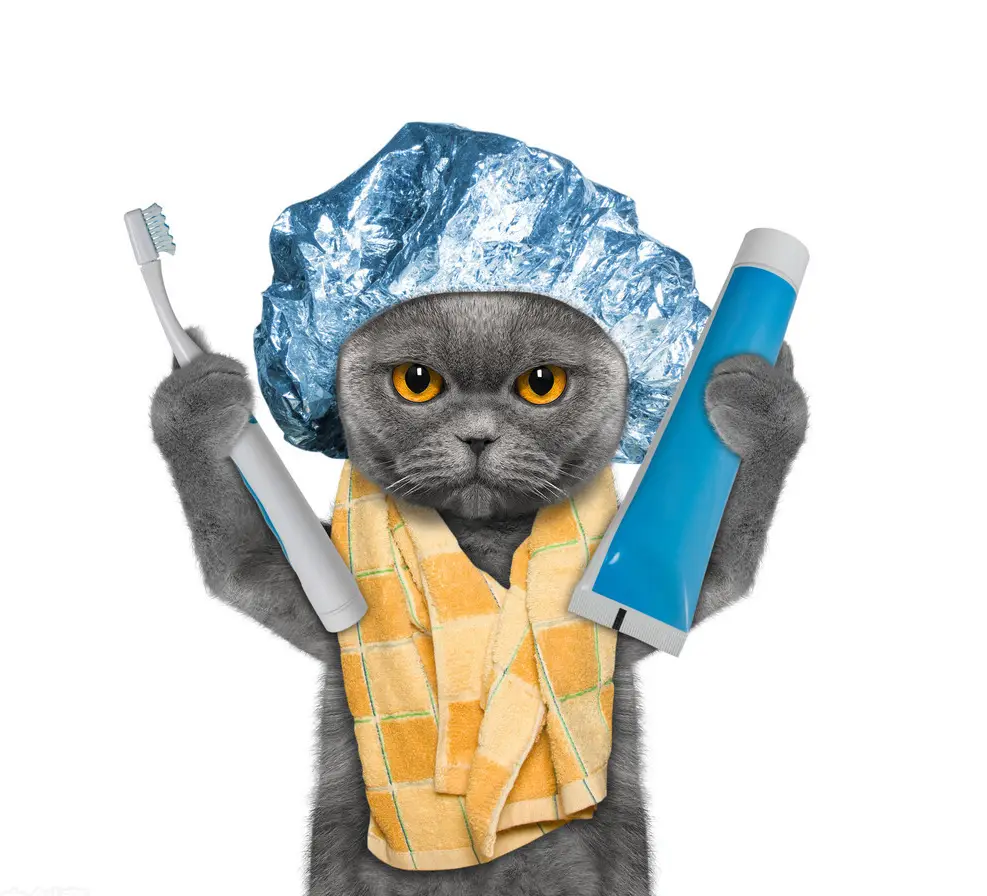
Interactive Games to Strengthen the Bond
Pets, like humans, need emotional interaction. Playing and interacting with them more can make them feel your love and enhance your relationship.
Cats love playing with cat teasers. I often wave a cat teaser in front of my cat, and it jumps up and down chasing it, looking like a lively little athlete. You can also prepare a cat scratching post. It not only satisfies the cat's need to scratch but also provides an opportunity for interaction. For example, I place the cat scratching post on the floor and tap it gently to attract the cat to scratch. Then I give it some praise and rewards, and it will like this activity more and more.
Dogs are especially fond of ball games like throwing and fetching. Every time I play this game with my dog, it runs around excitedly, its eyes fixed on the ball. When it catches the ball, it wags its tail happily, looking very proud. Tug-of-war is also a good game. Prepare a strong rope and have a small tug-of-war game with the dog. During the pulling process, it can not only exercise the dog's body but also enhance your tacit understanding.
Besides these traditional games, there are some other interesting ways of interaction. For example, taking pictures of your pet can record their cute moments. Dogs may look at the camera curiously, while cats may pose in various aloof and charming postures. Each photo is a precious memory. Also, watching a movie with your pet is a good choice. Although they may not understand it, they can feel your company and enjoy the leisure time together by your side, which is a very warm picture.
Simple Training Techniques
Training pets to master some basic skills can not only help them develop good habits but also make your life together easier.
Training a cat to use the litter box is relatively simple. When the cat is young, hold it and place it in the litter box to let it get familiar with the place. When you notice that the cat shows signs of defecation, such as sniffing around or circling constantly, immediately put it in the litter box. When the cat uses the litter box correctly, give it praise and rewards in time, such as giving it some small treats or gently stroking it. To train a cat to come when called, call its name while shaking a container with treats to attract its attention. When the cat comes, give it a treat as a reward. After repeated training, the cat will come running when it hears its name.
To train a dog to "sit", first let the dog stand in front of you and hold a treat in your hand. Slowly lift the treat upwards, and the dog's head will follow the treat and its body will naturally squat down. At this time, immediately give the command "sit" and give the dog a treat as a reward. After several rounds of training, the dog will understand the meaning of "sit". To train a dog to defecate at a fixed point, first choose a fixed defecation location at home, such as a corner of the balcony. Take the dog to this place at a fixed time every day and wait for it to defecate. If the dog defecates at the designated location, give it praise and rewards. If the dog defecates elsewhere, clean it up in time and gently scold it to let it know it's wrong. After a period of training, the dog will develop the good habit of defecating at a fixed point.
Closing Interaction
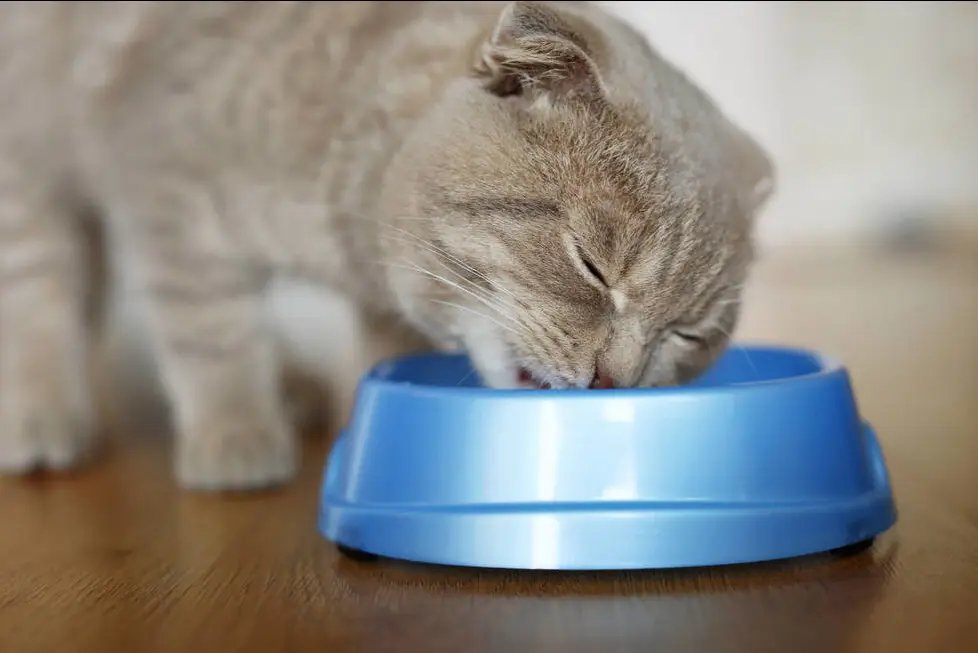
Dear friends, raising a pet is a journey full of love and responsibility. I hope the pet care tips shared today can be helpful to you. Do you have any interesting stories or difficulties in the process of raising a pet? Come and share them in the comment section below. If you think this article is useful, don't forget to like it, save it, and follow me. I will bring you more wonderful pet care content in the future.